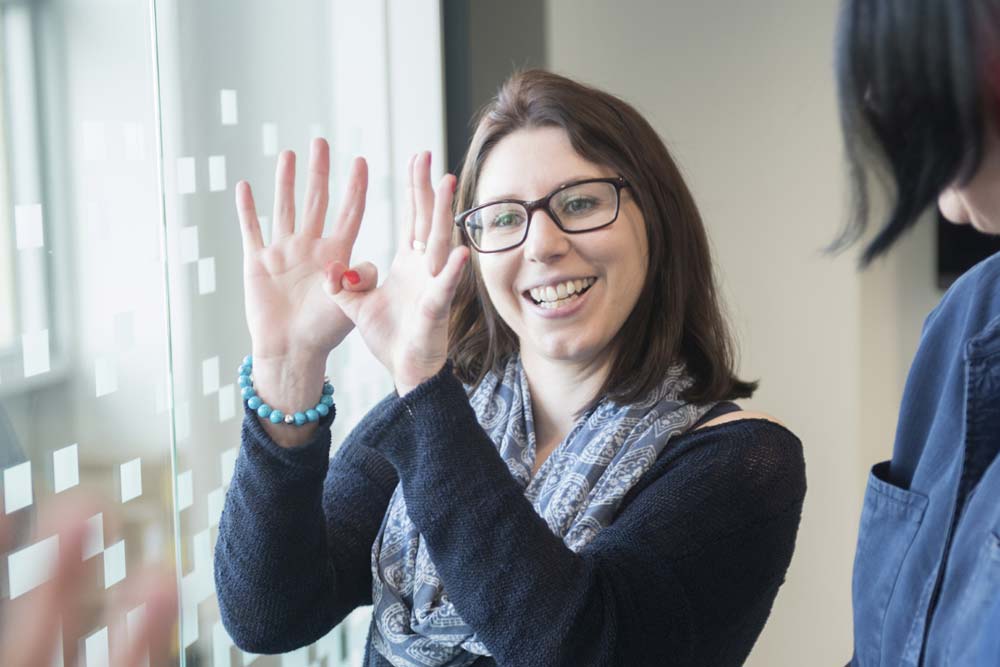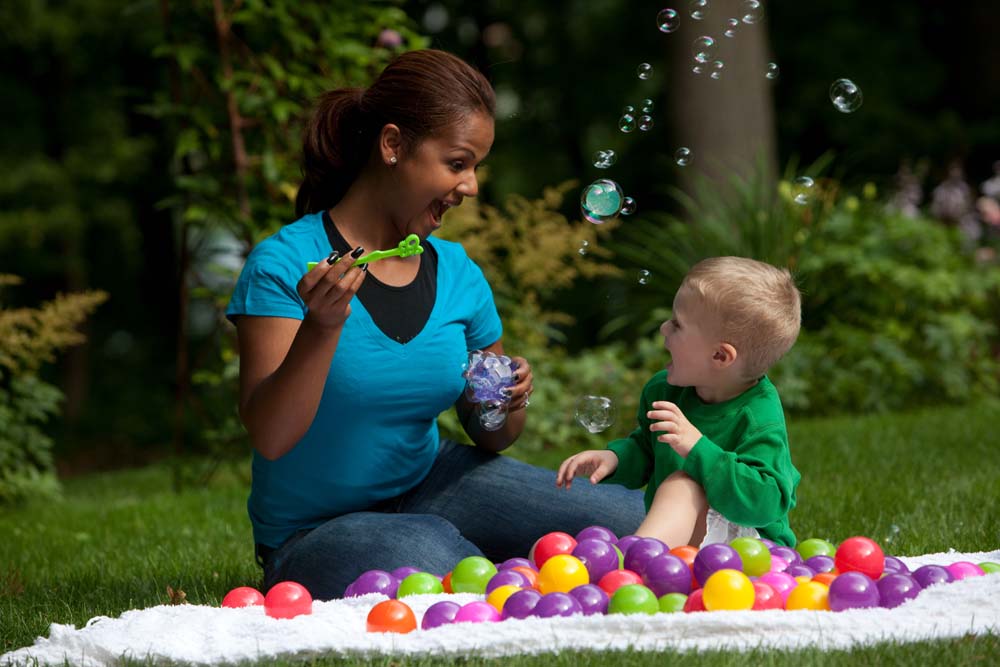To make the most of those painstakingly assembled benefits packages, employees have to use them. But many - particularly Millennials -- are falling behind. A survey from Collective Health of San Mateo, CA found that 72% of 18- to 34-year olds are often confused about the benefit options they have. Not surprisingly then, as reported by the Employee Benefit Research Institute (EBRI), Millennials have lower benefits participation rates than Baby Boomers and Generation X employees.
So what can you do to up Millennial benefits usage?
Talk Like a Millennial
Some reasons for low participation likely stem back to ineffective communication. How are you marketing benefits? Are you relying solely on orientation, memos, and intranets, among other things, as promotional tools? You may be missing some opportunities. Millennials are less about emails than, say, texts. So it may be time to get creative and embrace the way they communicate by considering videos, social media, and yes...text messages.
Show them Interest
Pension plans, retirement savings plans and stock options are all likely to provide substantial gains over time, yet EBRI found that Millennials have low participation in all of them. To get them on board, Millennials need more than just the information - they need to see the value. Charts such as these in this Business Insider article do a great job illustrating how investing in retirement early can pay off. Creating a retirement savings calculator specific to your organization's 401(k) plan and match options may be another good way to generate interest by showing employees how their income contribution will increase over time.
Show them The Money
Total compensation statements can up Millennial benefits usage by creating a clear understanding of the package value. Such a document shows Millennials how much the organization is investing in them on top of salary, thus increasing the employee's perception of the value of their compensation overall. But organizations must be careful with this approach as it must be meticulously created or it's easy to backfire.
Get in the Game
Gamification, the process of making ordinary or unpleasant tasks enjoyable and rewarding, has been known to increase engagement and awareness, especially among Millennials. Creating simple challenges to win a grand prize is likely to raise awareness while also building culture. One week employees could earn points for signing up for a new benefit, such as back-up care or Teladoc. Employees could also earn points for contributing to their retirement account every month or getting a flu shot. It's a friendly competition that could have great effect.
Develop Good Timing
According to a study by EBRI, unlike older generations, Millennials believe multiple open enrollment periods would be more useful than one period for all. So consider offering separate open enrollment periods for different benefits. By having one enrollment period just for health insurance, one just for financial programs, and another for work-family programs, you could not only raise awareness of the availability of services across the company, you could also effectively target your programs to the right employees.
Most important, as you add on and expand your benefits, make sure your effectively marketing benefits so these young employees aren't left in the dark. Remember benefits have to be used to generate return. And even the most delicious snacks in the breakroom will languish untouched if nobody knows they're there.




